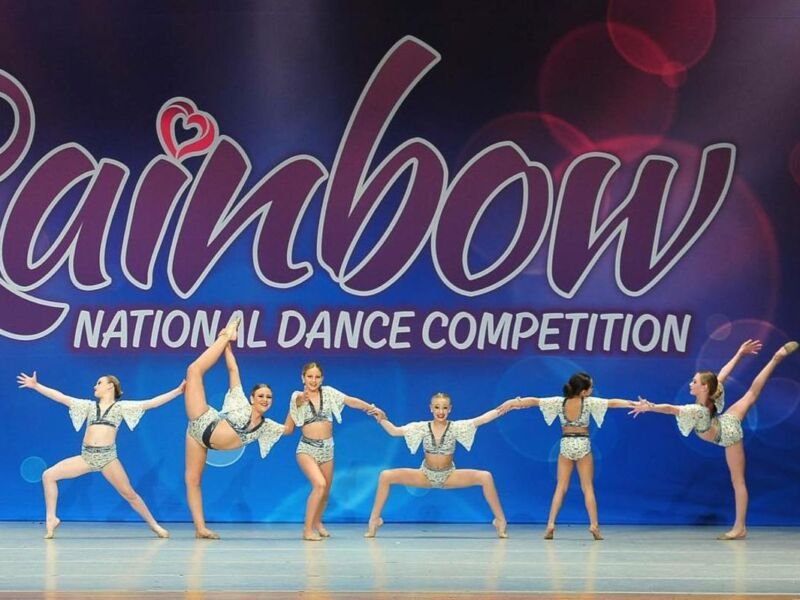
The Pros and Cons of Solo, Duet, and Group Dance Competitions
Dance competitions provide dancers with a platform to showcase their talents, gain valuable stage experience, and receive recognition for their hard work and dedication. These competitions often offer various categories, including solo, duet, and group performances. Each category comes with its own set of advantages and disadvantages. In this article, we will explore the pros and cons of participating in solo, duet, and group dance competitions.
Solo Dance Competitions

Solo dance competitions involve individual performers showcasing their skills and artistry on stage. Here are some of the pros and cons associated with participating in solo dance competitions:
Pros:
1. Opportunity for Individual Expression: Solo performances allow dancers to express their unique style, personality, and creativity.
2. Personal Growth: Dancers have the chance to develop their independence, self-discipline, and stage presence through solo performances.
3. Higher Visibility: Solo performances often attract more attention from judges and audiences, which can lead to greater recognition and future opportunities.
4. Flexibility in Choreography: Dancers have complete control over the choreography, enabling them to tailor the routine to their strengths and preferences.
Cons:
1. Higher Pressure: Solo performances can be more intimidating and nerve-wracking, as dancers carry the sole responsibility of captivating the judges and audience.
2. Increased Workload: The preparation process for solo competitions can be more demanding, requiring dancers to invest significant time and effort into choreographing and perfecting their routine.
3. Lack of Support: Without teammates, dancers may miss the camaraderie and support found in group settings.

Duet Dance Competitions
Duet dance competitions involve two dancers performing together, often showcasing synchronized movements and emotional storytelling. Let’s examine the pros and cons of participating in duet dance competitions:
Pros:
1. Shared Experience: Duet performances provide dancers with the opportunity to collaborate closely with a partner and develop a unique connection on stage.
2. Enhanced Chemistry: Duet partners can develop a strong bond and dynamic that adds depth and authenticity to their performance.
3. Extended Range of Movement: With a partner, dancers can explore lifts, partner work, and intricate formations that may not be possible in solo performances.
4. Supportive Environment: Duet partners can provide emotional support and motivation to each other during the competition journey.
Cons:
1. Shared Responsibility: Duet partners must work together to ensure synchronization and coordination, which can be challenging and require additional rehearsal time.
2. Conflict Resolution: Differences in ideas or approaches may arise, requiring effective communication and compromise to create a cohesive routine.
3. Dependency: Dancers may feel reliant on their partner, potentially impacting their individual growth and self-reliance.
Group Dance Competitions
Group dance competitions involve a team of dancers performing together, often demonstrating synchronized movements and complex formations. Let’s explore the pros and cons of participating in group dance competitions:
Pros:
1. Sense of Unity: Group performances foster a strong sense of teamwork, collaboration, and camaraderie among the dancers.
2. Opportunity for Creativity: Group routines can incorporate intricate formations, props, and storytelling, allowing for a wide range of creative possibilities.
3. Shared Success: Dancers can celebrate their achievements together as they work towards a common goal.
4. Supportive Environment: Group members can provide emotional support, motivation, and constructive feedback to each other throughout the competition process.
Cons:
1. Coordination Challenges: Synchronizing movements and maintaining precise formations can be challenging, requiring extensive rehearsal time and coordination.
2. Less Individual Focus: In group performances, individual dancers may receive less attention from judges and find it harder to stand out.
3. Conflict Resolution: Differences in ideas or approaches may arise within the group, requiring effective leadership and communication to ensure a cohesive routine.
Considerations for dancers when choosing between the different competition categories include their preferred style of expression, comfort level in performing alone or with others, and the dynamic they wish to experience on stage.
competes.tv is dedicated to providing valuable insights and resources for dancers. For more information on dance competitions and the experiences of dancers, you can explore the following articles:
– Sequins and Soul-Searching in the Competitive Dance World
– What Dance Competitions Really Mean To Dancers
– Dance Competitions Explained – Everything You Want To Know
– How Do Dance Competitions Work? – QC Dance Studio
– Competitive Dance: The Physiological and Psychological Aspects
– Dance Competitions: What You Need to Know